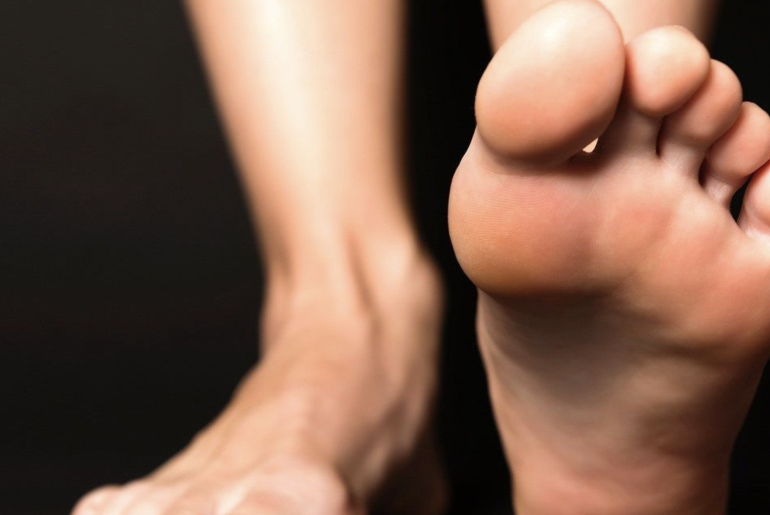Diabetes is a condition involving high blood sugar. Without receiving adequate treatment, patients can develop restricted peripheral blood flow, thus resulting in problems. Foot complications are among the most common reasons patients seek Bakersfield diabetic foot care. Most times, diabetic patients with foot problems do not notice when they have a cut on their feet. There is also slow healing of sores and wounds involved with diabetic foot complications.
Patients should also be keen to notice foot dryness that may result in heel cracking. Medical intervention to restore the feet’ integrity is crucial to prevent bacteria, viruses, and fungi from infesting the cracks and causing infection. Luckily, physicians provide foot care for diabetic patients to improve symptoms. If you notice signs of infection, seek emergency care services to manage your condition and prevent the issue from spreading to other areas. Failure to seek medical intervention for foot complications related to diabetes might result in amputation of a foot or leg. Here are some ways to take care of your feet to prevent foot problems and detect complications early, thus getting treatment to avoid adversities like leg and foot loss.
Wash and dry your feet daily
Maintaining foot hygiene is the best way to prevent disease. Patients should soak their feet in warm water and then scrub to remove dead skin. It would be best to incorporate mild soaps to eliminate bacteria and germs effectively. Do not soak your feet for too long because this might cause dryness. Use a towel to pat dry and not rub. You may apply lotion or petroleum jelly to help maintain softness. However, do not apply oil between your toes because this might result in infection.
Check your feet every day
Take your time when inspecting your feet. It would help if you did a comprehensive physical evaluation of your feet from top to bottom. You may use a mirror to see better. Ensure that the lighting is good enough to help you detect problems. The best way to maintain this habit is to set a specific time every day for foot care, during which you will look carefully to ensure foot wellness.
Take care of your toenails.
Long nails provide refuge for germs and bacteria to hide. Diabetic patients need to keep their nails short because their feet are vulnerable to disease. The best time to cut your nails is right after having a bath because water makes the nails softer and thus easier to cut and shape by smoothing with a nail file. It would be best to get assistance from a nail technician to ensure desired results. However, remember to carry your nail tools when getting a pedicure.
Take precautions during exercise.
Maintain an active lifestyle with regular exercise to improve peripheral blood flow. You may need to wear the proper workout shoes to prevent foot injury.
Wear shoes and socks for protection
It would help if you never went out barefoot. Wearing only socks is not enough to protect your feet from damage upon stepping on rocks and sharp objects. Moreover, wearing shoes and socks can protect your feet from cold and moisture.
Contact Heart Vascular and Leg Center to learn how you can best care for your feet for improved diabetic symptoms.

